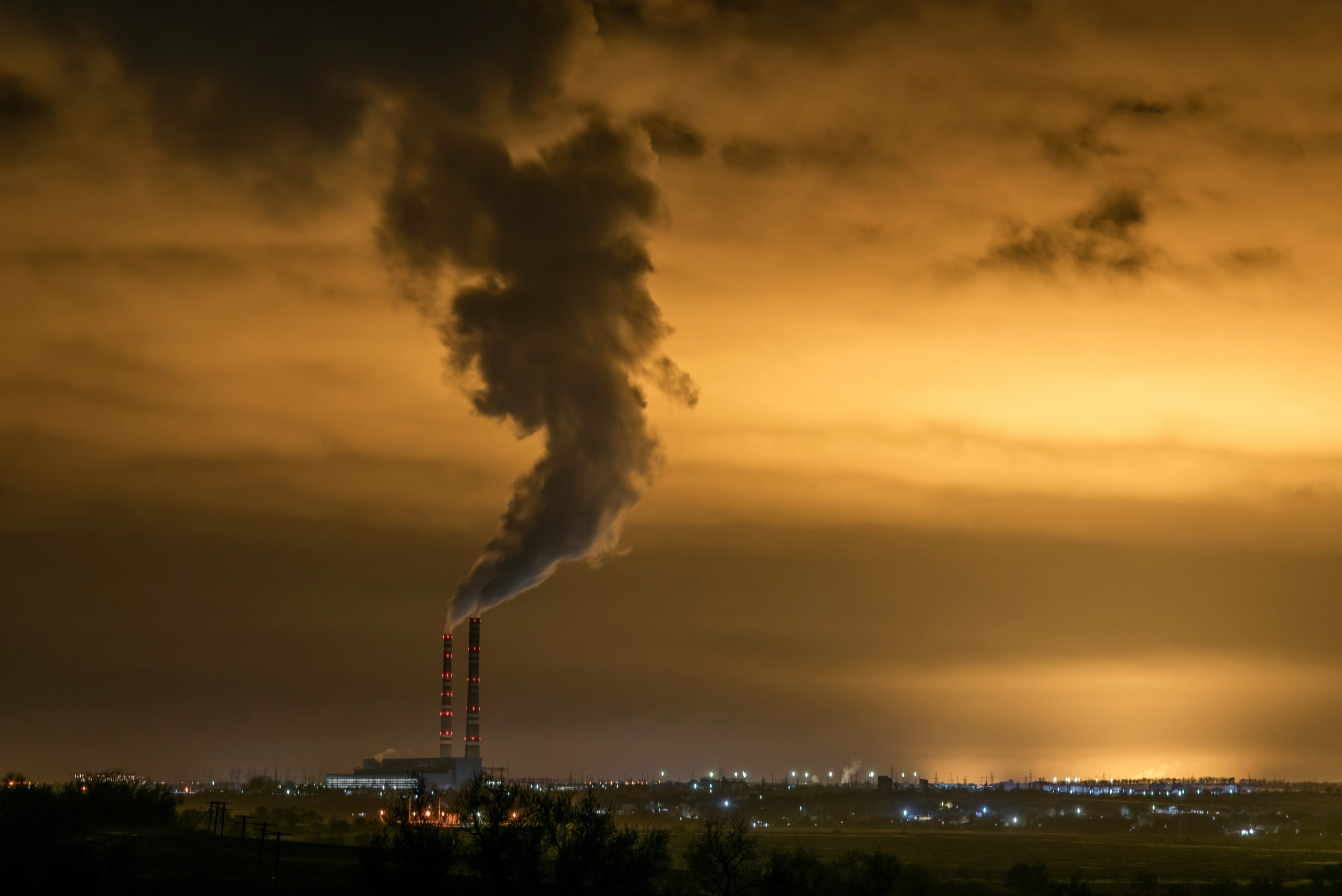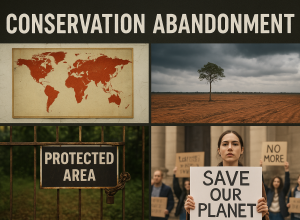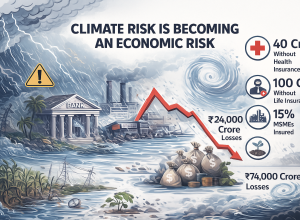Green supply chains have emerged as a mainstay of sustainability initiatives, vowing to shrink carbon footprints and herald a new era of sustainable manufacturing and distribution. But as corporations around the world push for greener practices, we have to ask: are these supply chains actually cutting emissions, or are they just a band-aid for a bigger issue?
Green supply chains are at the core of the promise to reduce the environmental impact while ensuring operational efficiency. More companies are adopting renewable energy integration, waste reduction, low-carbon logistics, and other measures. For example, according to the International Energy Agency (IEA), nearly 30% of global electricity generation now comes from renewable energy—with some of that transition driven by the push from businesses to go to clean energy. However, although this work is admirable, the degree of its success is critically reliant on the broader systemic changes that must take place in networked supply chains.
One of the critical stages in green supply chains is the sourcing of raw materials. Electric vehicles (EVs), for example, are powered by lithium-ion batteries that use elements like lithium, cobalt, and nickel. These materials often originate from areas with serious environmental and ethical concerns. The demand for critical minerals such as lithium, the World Bank predicts, will increase nearly 500% by 2050. Companies like Tesla and BMW have focused on blockchain and other measures to ensure ethical sourcing, something that remains a challenge when factoring in the carbon emissions associated with mining and transporting these materials. COP27’s EMU report drew on a 2022 EPA study, which estimated that the extraction and processing of these minerals can make up as much as 40% of the total lifecycle emissions produced by an EV battery.
Another urgent challenge has been the resilience of green supply chains. It highlighted weaknesses in global logistics with the COVID-19 pandemic, as 85% of renewable energy companies reported disruptions. Regionalization and diversification of suppliers can help mitigate such risks, but these strategies typically incur costs. Localized manufacturing, for instance, can eliminate some transportation emissions, but if those regional facilities are powered by fossil fuels, that could create increased energy use. A 2023 report by McKinsey noted that companies that do not fully optimize their regional supply chains “risk increasing their overall carbon footprint, despite their green intentions.”
Some of these challenges could be effectively met through circular economy practices. Zero waste and zero emissions can be replaced with the productive reuse of the process and the recycling of materials. According to the Global E-Waste Monitor 2020, only 17.4% of e-waste is recycled, and this presents a huge opportunity. Indeed, battery recycling projects, like those of Umicore, work on the principle of a closed process where reuse leads to less dependence on virgin forms of material and subsequently emissions. Scaling these practices will require significant investment and coordination on a global scale, as appropriate recycling infrastructure is lacking in many areas.
Digital transformation is yet another technology touted as a game-changer for green supply chains. AI, machine learning, and the Internet of Things (IoT) facilitate seamless tracking, forecasting, and optimization of resources. A 2023 Deloitte study discovered that there is a potential to reduce supply chain emissions by as much as 30% through digital tools. Internet of Things (IoT) sensors, for instance, can measure energy consumption and detect inefficiencies on a live basis, whereas AI analytics can plan logistics in a way that reduces fuel usage. Read more on the impact of technology on the environment and production: Experts warn of carbon glut from soaring number of computers. For example, a large server complex may consume as much energy as a small city, and the materials needed to manufacture and maintain these digital systems can be quite extensive.
To address the multiple challenges posed by green supply chains, stakeholders need to collaborate. It takes governments, corporations, and consumers working together to create standards and incentives for sustainability. The International Renewable Energy Agency (IRENA) reported that public-private partnerships have already mobilized over $2 trillion for clean energy projects since 2015. However, substantial cuts in emissions will require changes well beyond capital deployment and even regulatory structures and consumer behavior. For example, organizations like the RE100 coalition, in which companies join to aim for 100% renewable energy, show the potential for collective action, though also the importance of accountability and transparency.
Overall, although there is a great potential contribution of green supply chains to emissions reduction, the current impact is uneven. Many efforts are either make-work projects that are not integrated into operations, or they simply rely on what I describe as a greenwashing meme, where large organizations claim goals and achievements that sound good but aren’t based on an integrated approach to operations. This will require more than gradual steps toward green supply chains; it means developing integrated approaches that address the entire supply chain from material extraction through to end-of-use recycling. The journey to real sustainable supply chains is a long and winding one, and the stakes couldn’t be higher. The transition to effective, transparent, and truly green supply chains has never been more urgent as climate change speeds up. Corporates who can crack this nut will be able to achieve lower carbon footprints while building a blueprint for a sustainable future and demonstrating that economic development and protection of the environment can be mutually reinforcing.”





